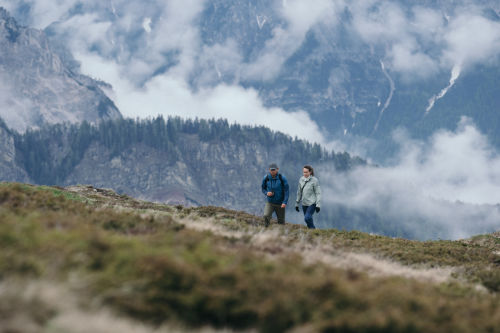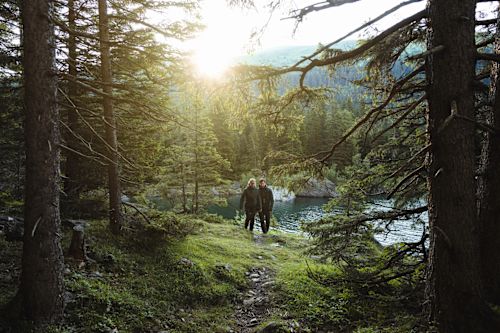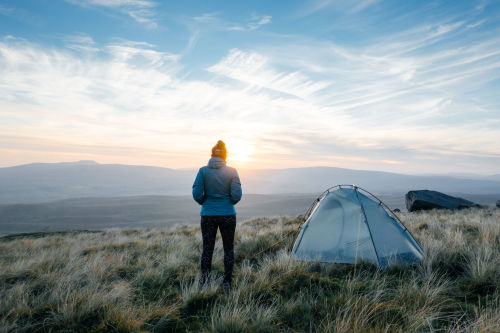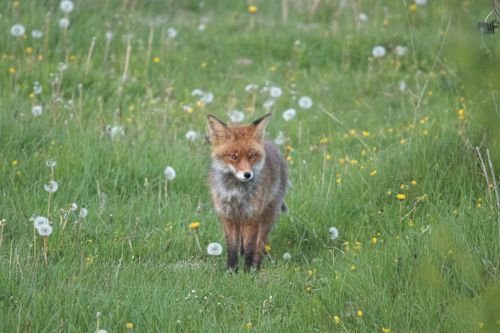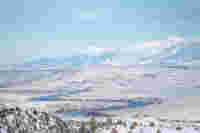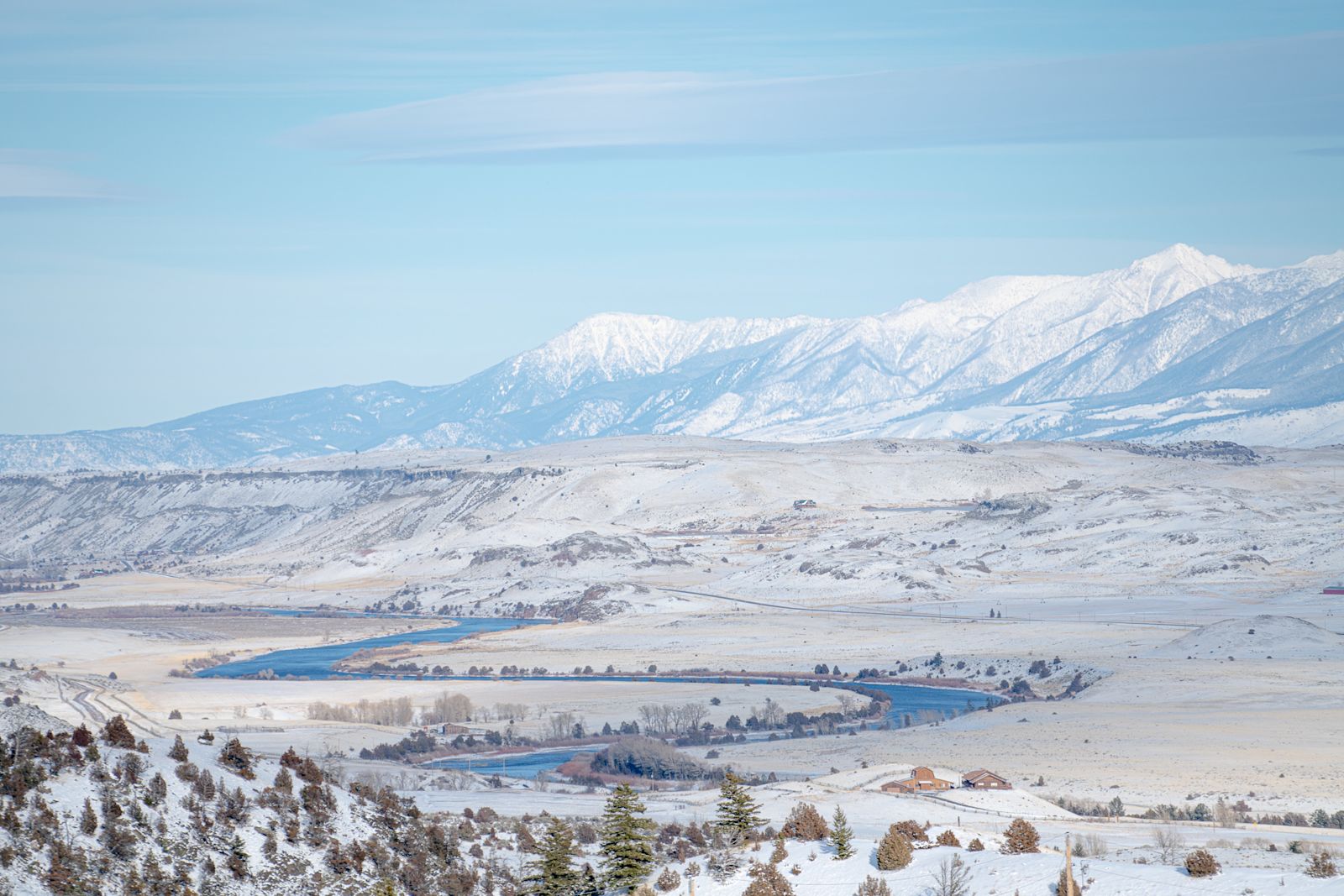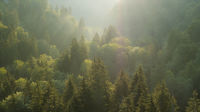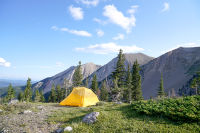The Greater Yellowstone Ecosystem may very well be the greatest single example of a large, intact, interconnected ecosystem in the lower 48 of the United States. The significance of this is simple.
A look back in history
Before Europeans colonized and subdivided this continent with fences, roads and other barriers, wildlife moved unimpeded across great stretches of North America. These movements connected distant ecosystems and populations to one another while also supporting life histories that rely on migrations between summer and winter grounds, e.g. the continent’s ungulates like pronghorn, mule deer and elk. With an abundance of absolutely magnificent ungulate populations, including millions of plains bison, predators also thrived. Grizzly bear, wolves, coyote, black bear and mountain lion all filled important niches within the Greater Yellowstone, keeping prey populations in check and offering myriad of other invaluable roles within this ecological system.
Fast forward a few hundred years and we find our world is riddled with impacts of development and progress at any cost. And yet, thanks to progressive conservation efforts, places like the Greater Yellowstone were largely protected.
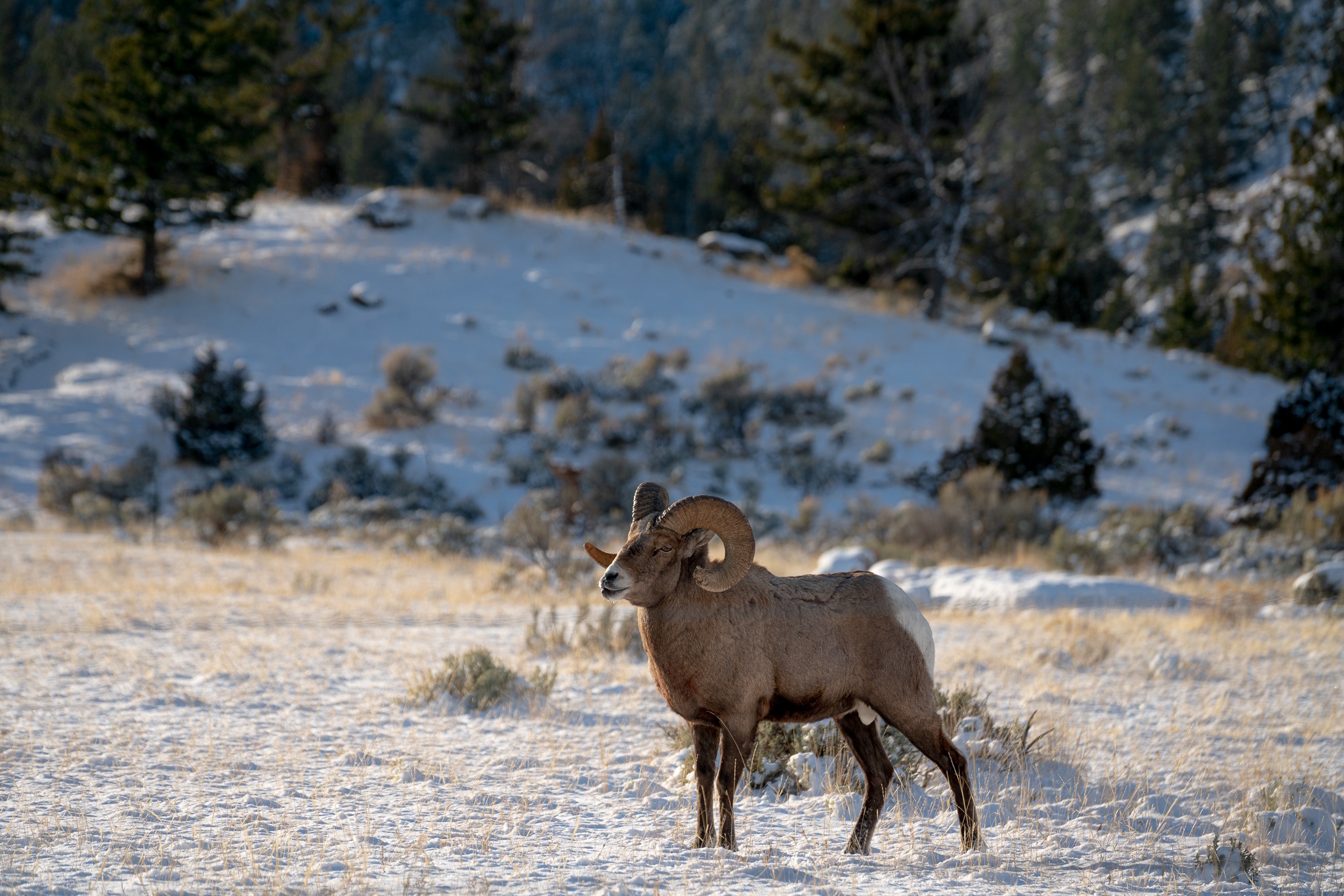
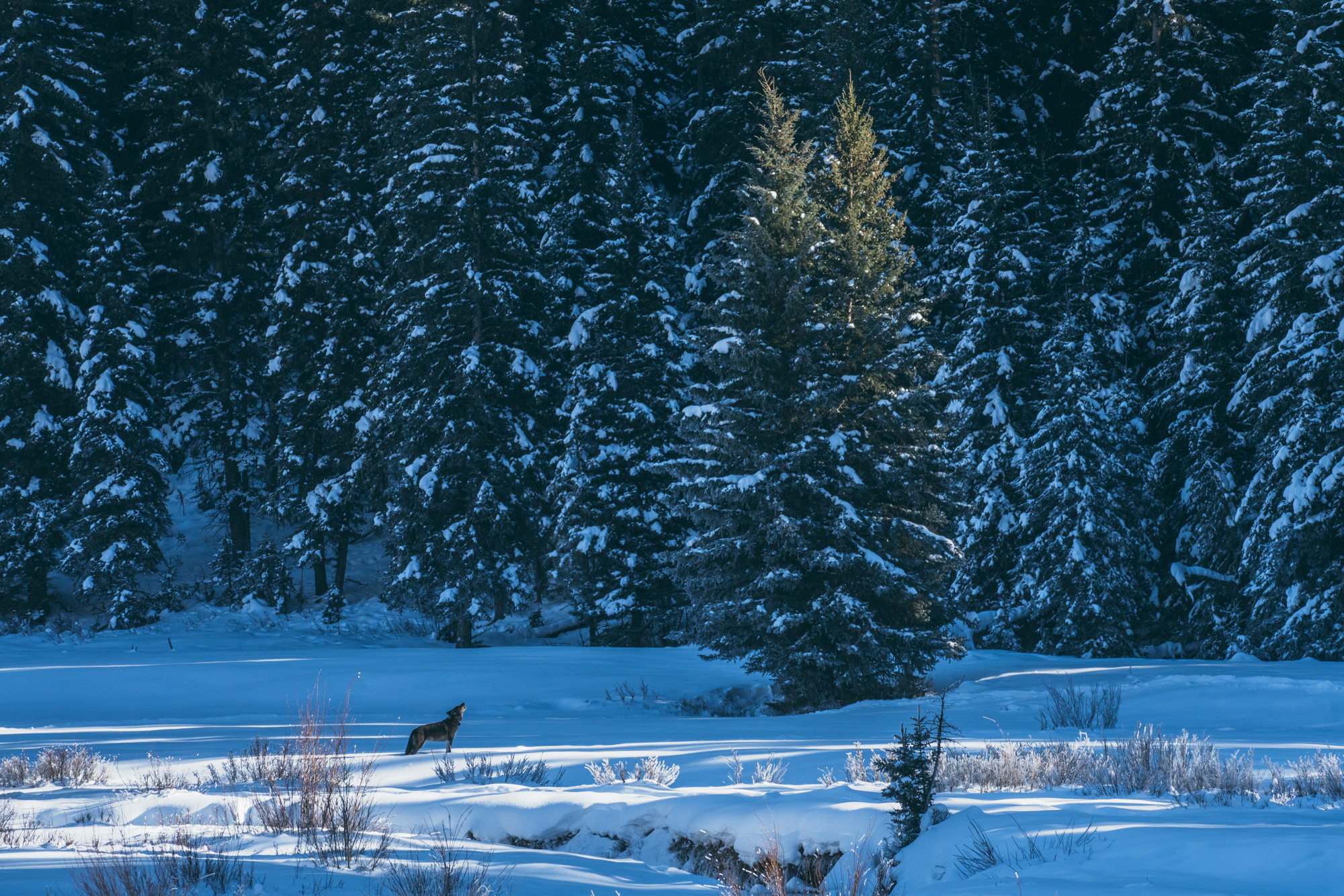
Today, a sea of rural communities, agricultural lands, vast cattle ranches, National Forests and National Parks has resulted in the conservation of the 8,903 km2 (3,437.5 square mile) Greater Yellowstone Ecosystem, one of the largest nearly intact temperate-zone ecosystems on Earth. Great herds of elk many thousands strong still fill valleys of winter, and ribbons of pronghorn cut through the prairie as they have for millennia. Wolves can still be observed quite regularly in and around the Greater Yellowstone Ecosystem, and the always impressive grizzly bear still abounds. The rivers are full of the native whitefish and western slope cutthroat, and the bald eagles have returned from the brink of extinction. Beavers have returned too, building dams that slow and spread water to recharge aquifers and create vital wetlands for countless species from butterflies and songbirds to moose and mink. Many would say, this ecosystem is very much intact from a 21st century perspective. All the important foundational cogs and wheels still exist, albeit some in less abundance than others - attributes few other ecosystems on Earth share today.
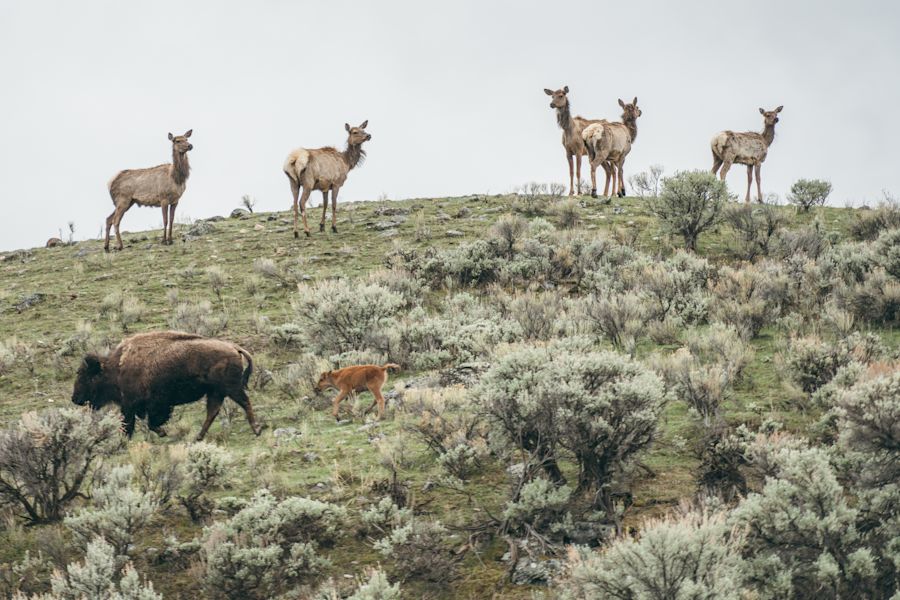
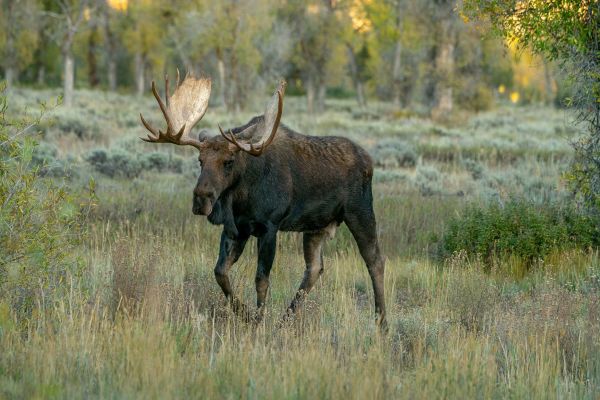
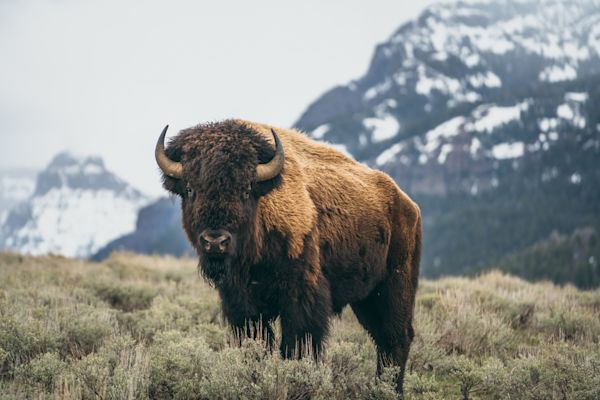

The view from
my window
My humble 10 acres is located on the northern rim of the Greater Yellowstone Ecosystem. As I pick at my keyboard writing these words, I can look across our neighbor’s farm to the treed edge of the great forests that run, unimpeded by any paved road, hundreds of miles, all the way to Jackson, Wyoming and beyond. Herds of elk many hundred strong frequent the fields beyond my window. They calve in the spring in the thicket along the creek and on the hill now basking in winter sun. Throughout the year they come and go, venturing deep into the mountains during the warmer months before retreating the valleys, where I live, during the spring and winter. That upslope, seasonal migration has been described as riding the “green wave” as spring marches upslope as the days grow longer.
Spring is coming: time of change and excitement
As summer approaches, many of the bald eagles that fill our cottonwoods will head into the mountains to nest among the alpine lakes and streams. And when they do, the tree swallows and bears will begin arriving. As the first pasque flowers emerge, and the glacier lilies soon after, the yellow warblers and cheery kinglets will return once again filling the air with chatter and song. The coyote may again have pups by the old cottonwood across the field, and the red fox may soon hunt for Richardson’s ground squirrels stirring from their long winter underground. This is a time of year marked by change and excitement, of comings and goings, of shedding a winter coat for a new spring look, building nests, giving birth and harvesting the bounty of this ecosystem before winter again nears.

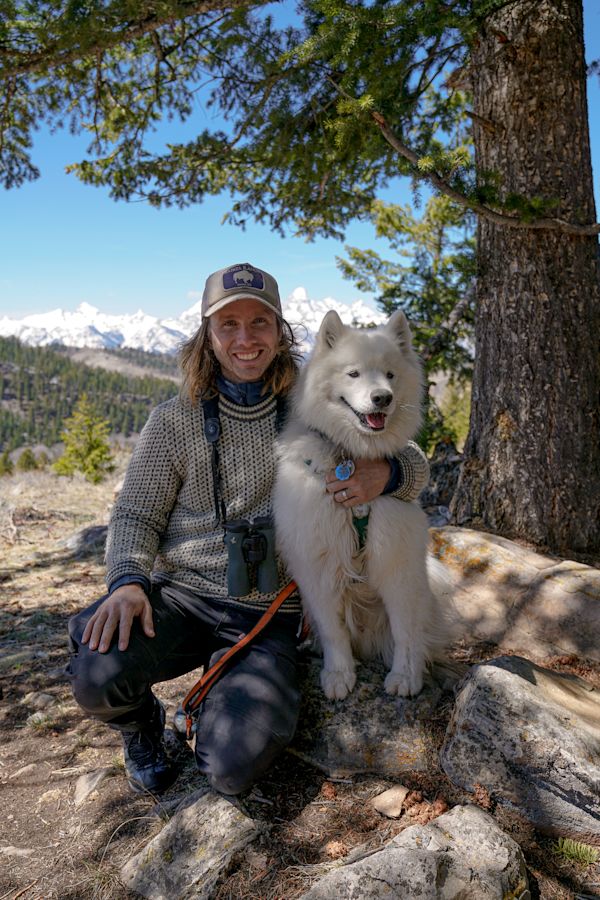
is an example of a place that for many reasons has been allowed to remain wild, intact and interconnected, three characteristics that are absolutely vital for any ecosystem to thrive. As we look to the future for inspiration, let’s consider the Greater Yellowstone Ecosystem and be reminded of how much magic there is to save and beauty to be inspired by.
This is a place where predators like wolves and bear may appear on the horizon just as any fall hike may be filled with the bugle of elk competing for breeding rights. The old forests still house the great grey owls and the big cottonwoods along the creek still support the elusive pileated woodpecker. If you get on your hands and knees, you’ll find the soil is home to countless native bees and the green shoots of summer flowers that will pepper the hillsides to greet migratory monarch butterflies and young mule deer learning to live amongst the sage and balsam root.
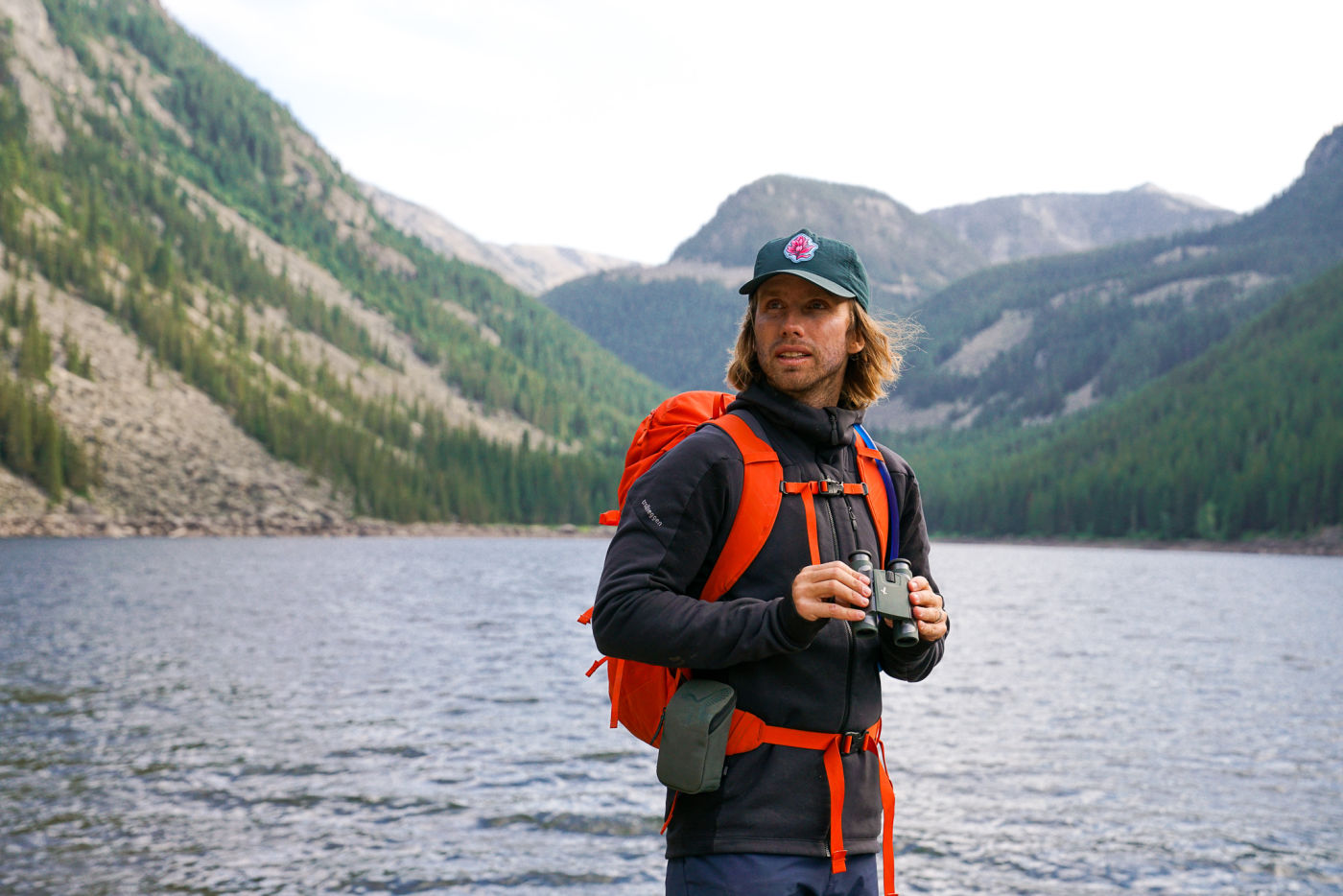
Charles Post is a Montana based ecologist, Explorers Club Fellow, and award-winning filmmaker with a love for birding, observing wildlife, and exploring the mountains with his wife, Rachel Pohl (credits for images in this blog go to her) and their Samoyed, Knute. Following nearly a decade of field work and studies at U.C. Berkeley, earning his bachelor and master’s degrees in ecology, Charles embarked on a creative journey, spanning topics from the decline of kittiwakes in the Norwegian arctic to the beauty and fragility of migrating raptors across North America. For more information and fascinating adventures visit their Instagram accounts: @charles_post and @rachel.pohl.

